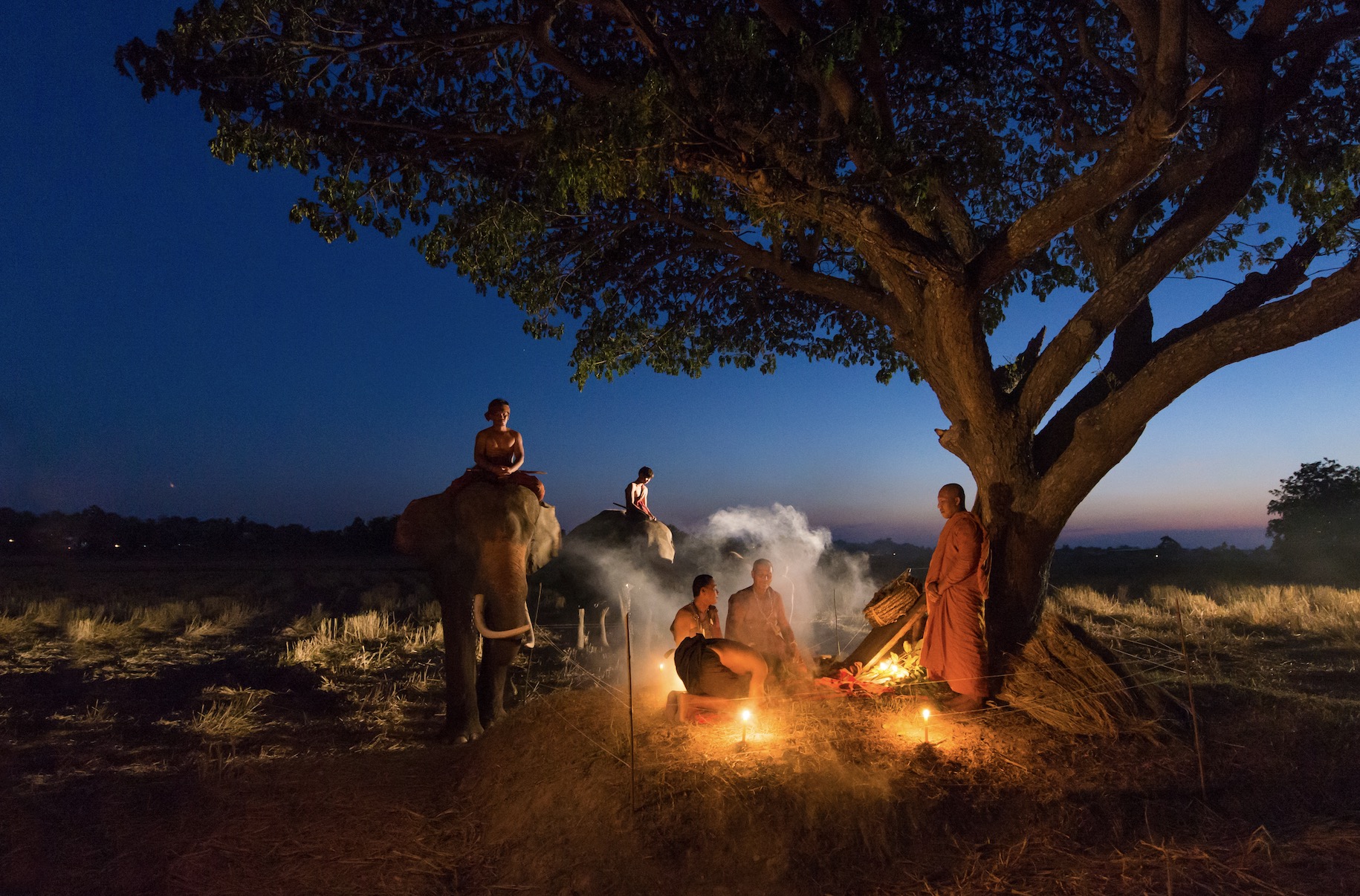Reasons Why Folktales Were Created and Told to Younger Generations

What are some reasons why folktales were created and told to younger generations?
Folktales have been created and passed down through generations for various reasons.
Here are some specific and factual purposes for their creation and storytelling:
Educational Purposes
- Moral Lessons: Folktales often contain moral lessons that teach children about right and wrong.
- Example: The story of “The Boy Who Cried Wolf” teaches the importance of honesty.
- Cultural Preservation: They serve as a medium to preserve cultural heritage, traditions, and values.
- Example: African folktales often convey the importance of community and respect for elders.
Entertainment
- Storytelling Tradition: Before the advent of modern entertainment, folktales were a primary source of entertainment.
- Example: Stories like “Anansi the Spider” from West African folklore were told to entertain and amuse.
Socialization
- Community Bonding: Sharing folktales helped in strengthening community bonds and fostering a sense of belonging.
- Example: In many indigenous cultures, storytelling sessions are communal activities that bring people together.
Read: Five Types of Folktales and a short explanation of each
Historical Record
- Preservation of History: Folktales often serve as a record of historical events and cultural practices.
- Example: The “Epic of Sundiata” chronicles the history of the Mali Empire.
Psychological and Emotional Development
- Understanding the World: They help children understand the complexities of the world around them.
- Example: Fairy tales like “Cinderella” address themes of hardship and eventual reward, which can provide comfort and hope.
Teaching Social Norms
- Behavioral Guidance: Folktales often illustrate the consequences of good and bad behaviour, thus guiding social conduct.
- Example: The story of “Little Red Riding Hood” warns against talking to strangers.
Spiritual and Religious Instruction
- Conveying Beliefs: They often reflect the spiritual and religious beliefs of a culture.
- Example: Many Native American folktales involve creation myths and tales of gods and spirits.
Explaining Natural Phenomena
- Mythical Explanations: Before scientific explanations were widely available, folktales provided mythical explanations for natural events.
- Example: Greek myths like “The Story of Persephone” explain the changing seasons.
Resistance and Empowerment
- Subversive Messages: Some folktales contain subversive messages that challenge the status quo or empower the oppressed.
- Example: Brer Rabbit stories, originating from African American folklore, depict the clever rabbit outwitting stronger opponents, symbolizing resistance against oppression.
These diverse reasons underscore the multifaceted role of folktales in human society, serving not only as simple stories but as vital tools for education, preservation, and cultural continuity.
